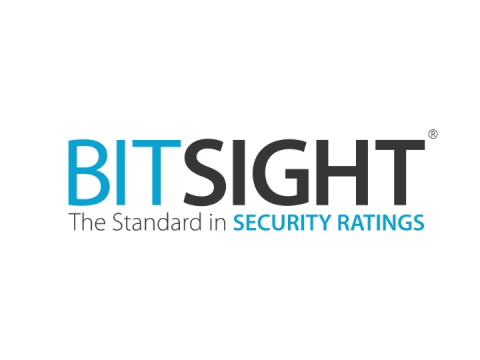A Risk Managers Guide to the General Data Protection Regulation (GDPR)
Risk managers in particular have a vested interest in ensuring their organisations are prepared for the GDPR—which is why we created this guide. In it you’ll find:
How to Tackle the Challenges of GDPR
GDPR will impact the way you manage client and prospect information, and how you collect and manage huge volumes of personal data. The A-team Group – sponsored by ASG Technologies – asked data executives in the UK, Europe and the US how they are preparing for this shift in regulatory requirements.
GDPR eBook (general)
Generating much interest (and concern) globally is the European Union General Data Protection Regulation (GDPR), the successor to the Data Protection Directive (95/46/EC).
Whitepaper: The Impact of GDPR on HR
The GDPR is expected to bring sweeping changes to how HR organizations manage and protect employee data when it comes into effect on May 25, 2018. How can you get your organization ahead of this new legislation?
Essential Guide to the GDPR
This guide distills the 200+ page GDPR into five discrete phases to help a business develop a plan for compliance. The guide is designed for professionals across a wide range of functions who will be impacted by the GDPR.
A CISO’s Guide to Preparing for GDPR Compliance
This guide is for CISOs who want to understand whether their companies will be impacted by the new regulation, what the effects might be, and steps their teams could take to prepare for GDPR data security requirements.
Video: Preparing for GDPR
The countdown to GDPR has begun. But don’t fret. With the right infrastructure from Workday in place, your organization can rise up to the challenge.
Follow the Data - Best Practices & Tips on Meeting GDPR Article 30 Requirements
Because most companies subject to GDPR will need to comply with Article 30, this Solutions Brief will cover the general requirements, processes to help meet the requirements, and how to produce Article 30 compliance reports.
GDPR PIAs and DPIAs - Background & Best Practices
This solution brief will share the findings from those collaborations. Specifically, this brief will explain the similarities and differences between a PIA and DPIA, and outline best practices for conducting a DPIA.
GDPR Webcast Replay
This webinar explores compliance approaches, explains the importance of governance to successful compliance, and offers guidance on implementing new technologies to support GDPR initiatives.
GDPR solution brief
Imperva helps simplify preparation for GDPR and address data discovery and classification, pseudonymization, security of processing, breach detection, and data transfer requirements.
Blog: European Data Protection and the Path to GDPR Compliance
Jeremy Baker, affiliate professor at ESCP Europe business school, outlines how organizations can prepare for GDPR and avoid penalties for non-compliance.
Complying with GDPR: What All Organizations Need To Know
Enforcement of the GDPR is looming. Every organization around the world that processes or controls any data pertaining to EU citizens must be in compliance with the new regulation in order to avoid facing steep penalties.
Helping Address Data Governance for GDPR with RSA Security
Organizations must protect PII in a number of different ways, and must be able to demonstrate due diligence in keeping records of processing activities, including the categories of personal data processed, the purposes of processing, categories of recipients of PII, transfers to third countries, and the relevant technical and organizational security measures, as well as ensuring that only authorized users have access to the data.



















